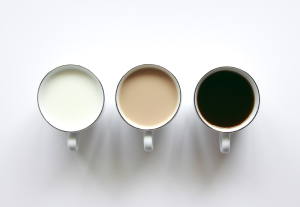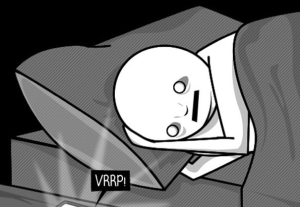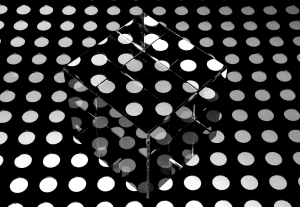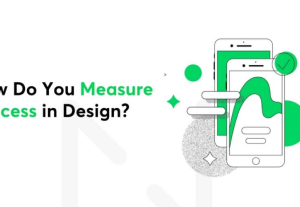- Conversational Design, Customer Experience, Usability, UX Education, UX Magazine
As organizations grow in their conversational maturity, there’s an increasing demand for conversation designers. Explore 7 skills to learn for conversation designers in 2022.
Article by Maaike Groenewege
7 new skills to learn for conversation designers in 2022
- Conversational design requires far more than having got all your convo design courses nailed, completed all the challenges on VUI-challenge and finished re-reading Pearl, Evanhoe & Deibel and Cohen, Giangola & Balogh for the umptieth time.
- There is a number of new skills that can up your career as a conversation designer:
- NLU
- Entities
- Entities on steroids: ontologies and graphs
- Building conversational teams
- Open source movement
- Mastering conversational AI platforms
- It’s time for conversation designers to develop t-shaped profile: specialize in one or two particular conversation design skills and systems , and mastering skills that allow us to connect with people from neighbouring disciplines.
Share:7 new skills to learn for conversation designers in 2022
Share this link
- March 31, 2022
7 min read







